1. Handwritten Cookbooks
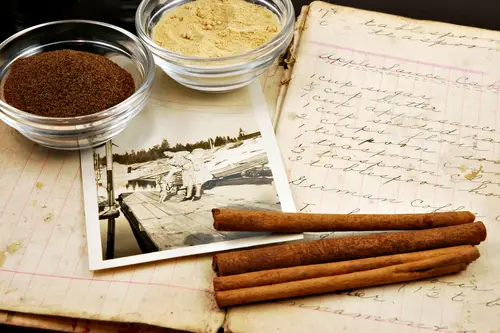
These notebooks often hold generations of recipes written in smudged ink and grease-stained pages. They’re not just about food—they’re about family gatherings, regional tastes, and cultural roots. “Aunt Mabel’s Lemon Pie” or “Sunday Pot Roast” carried emotional weight alongside practical directions. Sometimes you can see the evolution of cooking through added notes and substitutions.
Attic discoveries of these books reveal how home cooking was once an act of love, not just convenience. Before Pinterest or food blogs, families passed down flavor by hand. Each margin note tells a story—adjustments for wartime rationing, or local ingredients that made a dish unique. In these pages, the soul of American kitchens endures.
2. Sears, Roebuck & Co. Catalogs
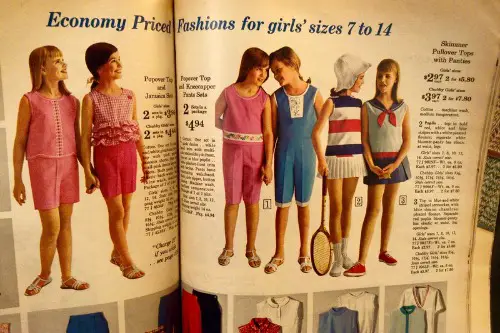
These thick catalogs were more than shopping guides—they were the internet of early 20th-century America. Families flipped through their pages dreaming of modern gadgets, clothing, and even mail-order homes. For rural Americans, they symbolized access and aspiration at a time when isolation was common. The catalogs documented the nation’s shifting tastes, from corsets to radios.
When found in attics, they’re time capsules of everyday life, complete with ink marks beside long-ago purchases. The paper, yellowed and brittle, still carries traces of graphite lists and folded corners. Reading one is like hearing your great-grandmother whisper about her first washing machine. They remind us how much the idea of “home” once arrived by mail.
3. Trunks of Old Letters

Before text messages, families wrote pages-long letters filled with the mundane and the profound. Some were love letters sent from soldiers overseas, others updates from cousins across state lines. The penmanship alone—careful loops and flourishes—feels like a lost art. Reading them makes the past deeply personal again.
These letters often reveal forgotten family dramas, migrations, or lost loves that history books miss. Postmarks and stamps trace the routes of human connection before jet travel. In many cases, they’re the only surviving records of ordinary voices. Each envelope is a fragile bridge between generations.
4. Rotary Telephones
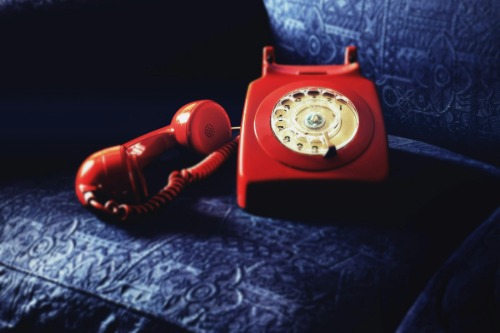
Those heavy black rotary phones once anchored family communication to a single spot in the house. You couldn’t scroll or swipe—you waited for the ring and answered with intention. They made conversation an event, not a background hum. Their mechanical click and whir were as familiar as a heartbeat.
Finding one in an attic reminds us how communication was once slower but perhaps more deliberate. People memorized phone numbers and stayed tethered to walls instead of screens. The rotary dial became obsolete by the 1980s, but it represents the dawn of a connected America. Today, it’s both a design icon and a symbol of simpler conversations.
5. Hand-Embroidered Samplers
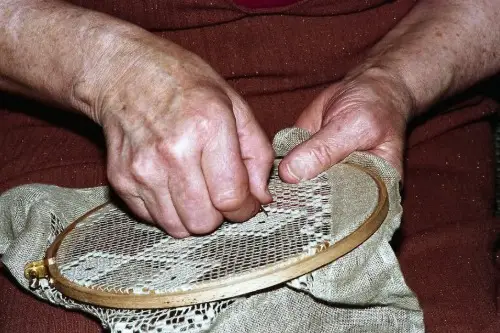
Before mass-produced home décor, girls often learned to stitch alphabets, Bible verses, or family mottos into linen samplers. These pieces were both art and education, teaching patience, literacy, and fine motor skills. Many date back to the 1800s and feature delicate cross-stitch borders and faded initials. Finding one tucked away in an attic connects us to a time when every stitch had purpose and pride.
They also told silent family stories—births, losses, and sometimes even moral lessons stitched into the cloth. Some samplers were made by children as young as eight, their tiny hands tracing patterns now preserved in thread. Today, they’re prized by collectors and historians for what they reveal about women’s lives and domestic education. Holding one is like holding a century’s worth of quiet resilience.
6. Victrola Phonographs
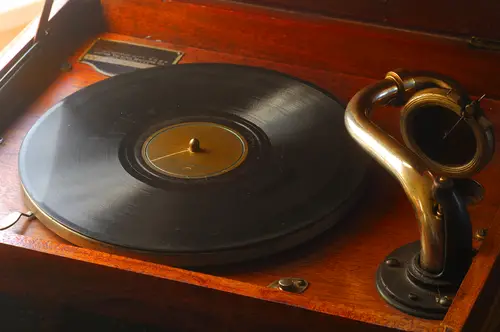
Before streaming or even radio, a Victrola was how families brought music into their homes. You wound it up, dropped the needle, and the room filled with the crackle of ragtime or early jazz. It was mechanical magic—no electricity required. The cabinet’s wood still smells faintly of the era it entertained.
Finding one in an attic is like discovering the first home concert system. These phonographs were often status symbols, lovingly polished and displayed. They introduced Americans to artists like Caruso and Armstrong long before live concerts were accessible. When the record spins, it hums with the optimism of the Roaring Twenties.
7. Family Bibles

For many families, the Bible wasn’t just a book—it was a family archive. Inside were handwritten records of births, marriages, and deaths, sometimes spanning more than a century. Pressed flowers or baptism ribbons often marked significant pages. Its worn leather binding was handled by generations of the faithful.
When uncovered today, these Bibles tell as much history as any census document. The marginal notes can reveal migration patterns, name changes, or forgotten relatives. Some even contain old letters tucked between the pages for safekeeping. Each one is both sacred text and genealogical treasure.
8. Tin Toys

Before plastic flooded toy aisles, children played with brightly painted tin cars, wind-up animals, and spinning tops. They were simple, durable, and often handmade in small factories. During the early 20th century, these toys reflected the rise of American manufacturing and middle-class childhood. The chipped paint and worn edges speak of countless afternoons on hardwood floors.
When found decades later, they remind us of a childhood powered by imagination instead of batteries. Many were made by companies like Marx or Wyandotte, now beloved by collectors. Each dented toy car once raced across a kitchen floor while dinner simmered on the stove. They’re small monuments to innocence in an age before screens.
9. War Ration Books
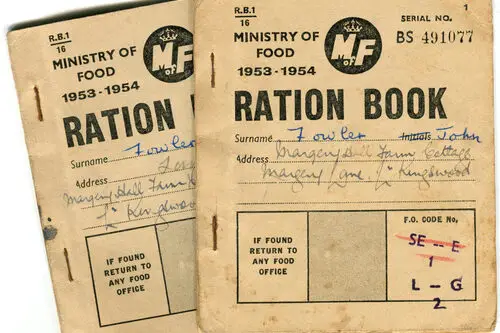
During World War II, ration books dictated how much sugar, meat, or gasoline a family could buy. Every stamp represented sacrifice on the home front. The government distributed them to ensure fairness and conserve resources for troops overseas. These little booklets were symbols of shared duty and national unity.
Discovering one in an attic feels like touching a piece of collective courage. The faded stamps and careful signatures evoke a time when Americans rationed for victory. Some families kept them as reminders of resilience during hard times. They tell us that patriotism once meant patience and restraint, not slogans.
10. Quilts Made from Scraps
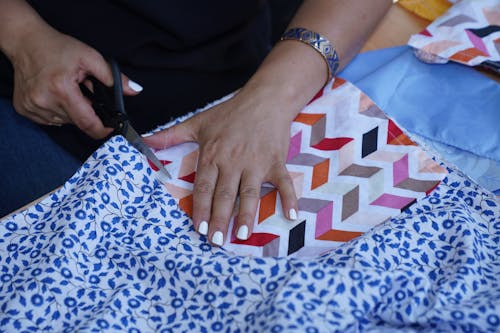
Patchwork quilts were born from necessity—no fabric was wasted in lean years. Women pieced together old dresses, feed sacks, and curtains to create warmth and beauty. Each square told a fragment of family life. Patterns like “Log Cabin” or “Double Wedding Ring” carried symbolism of home and unity.
In attics, these quilts often appear faded but remarkably sturdy, their stitches holding decades of history. They’re tactile records of thrift and creativity. Some were made during the Depression, when artistry bloomed in hardship. Every frayed edge whispers gratitude for what couldn’t be thrown away.
11. High School Yearbooks
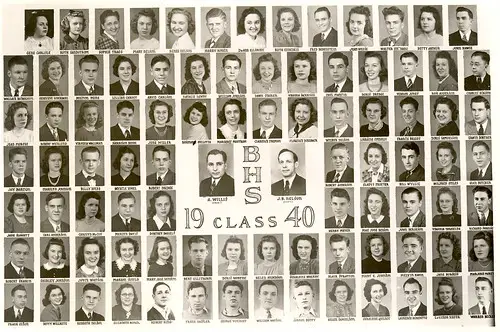
Thick with signatures and scrawled promises, old yearbooks are social time capsules. Hairstyles, sports teams, and prom photos map out youth across eras. You can see the slow evolution of American adolescence—from formal portraits in the 1920s to candid shots in the 1970s. The pages smell faintly of ink, nostalgia, and paper dreams.
When you open one, you meet your grandparents’ classmates, their ambitions frozen in time. “Don’t ever change” or “See you this summer” feels both universal and heartbreaking. They remind us how each generation believed in its own bright future. In their smiles, you can read the optimism that built the modern world.
12. Pocket Watches
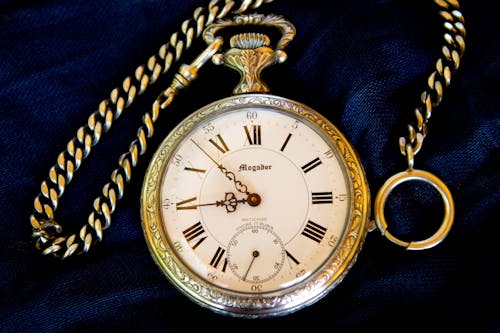
Before wristwatches or smartphones, a pocket watch was both a practical tool and a statement of dignity. Many were engraved gifts marking milestones—graduations, weddings, or retirements. Their ticking was steady and personal, a heartbeat in metal. The chain that once looped through a vest buttonhole is often still attached.
Finding one in an attic can feel like unearthing time itself. Some were made by American companies like Waltham or Elgin, whose precision rivaled European makers. They reflect an age when punctuality was pride, not pressure. Wind one up, and you hear the rhythm of a slower, steadier life.
13. Sheet Music
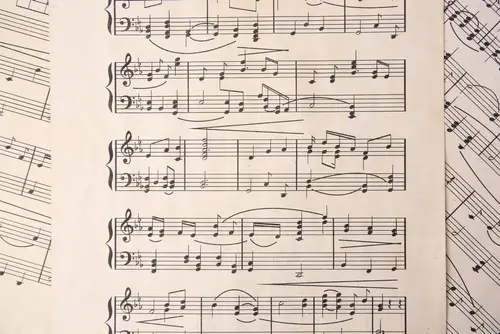
Before recordings, sheet music was how people brought songs into their living rooms. Families gathered around pianos to play the latest hits from Broadway or Tin Pan Alley. Illustrated covers made each piece a mini artwork. Popular songs captured the nation’s moods—from wartime ballads to jazz-age joy.
When found today, these pages reveal America’s evolving soundtrack. Each crease and ink smudge tells of fingers flipping eagerly through a well-loved tune. They were the lifeblood of home entertainment and musical literacy. In those fragile pages, you can almost hear the laughter and harmony again.
14. Mason Jars Filled with Buttons
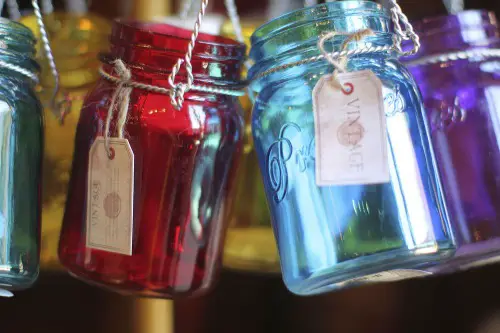
Button jars were staples in homes where nothing went to waste. Every garment that wore out gave up its buttons to the jar. Mothers and grandmothers used them for mending or crafts, creating a kaleidoscope of color and texture. They were tiny repositories of domestic ingenuity.
In the attic light, those jars gleam like stained glass. Each button might once have adorned a baby’s cardigan or a soldier’s coat. They remind us of an era when repair was second nature and fashion was personal. Even the smallest objects held sentimental and practical value.
15. Black-and-White Photographs
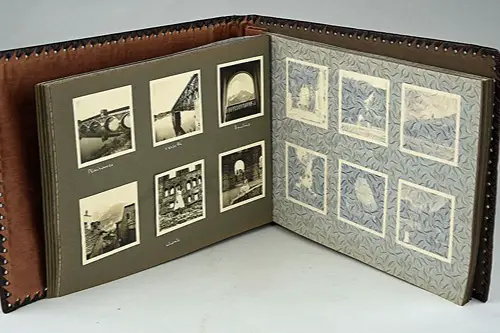
Stacks of photographs—some labeled, many not—capture moments too fleeting for memory. Smiling children in overalls, soldiers in uniform, or couples posing stiffly before old cars. The sepia tones soften the edges of time but sharpen emotion. You can almost feel the dust of the barn dance or the hum of the Model T.
These photos are the attic’s truest storytellers. Even without names, they radiate identity and belonging. Every photo hints at a life once vivid, now preserved in grayscale. Together, they compose a silent, visual diary of a lost America—ordinary, proud, and unforgettable.
This post 15 Things Found in Grandma’s Attic That Tell the Story of a Lost America was first published on American Charm.


